Freshly harvested greens and leafy vegetables are vital in promoting a healthy lifestyle. You can enhance your overall well-being by integrating these vibrant leafy greens into your daily meals.
These leafy greens, such as spinach, lettuce, kale, and cabbage, offer extensive health benefits. Here we will introduce you to these Harvested Greens and Leafy Vegetables and how they can transform your well-being.
But that’s not all – we will also delve into the incredible benefits of eating leafy greens and provide you with handy tips for storing and preserving them. Harvested greens and leafy vegetables showcase their diverse flavours and versatility through many delicious recipes and meal ideas that can inspire you.

10 Fast-Growing Freshly Harvested Greens And Leafy Vegetables
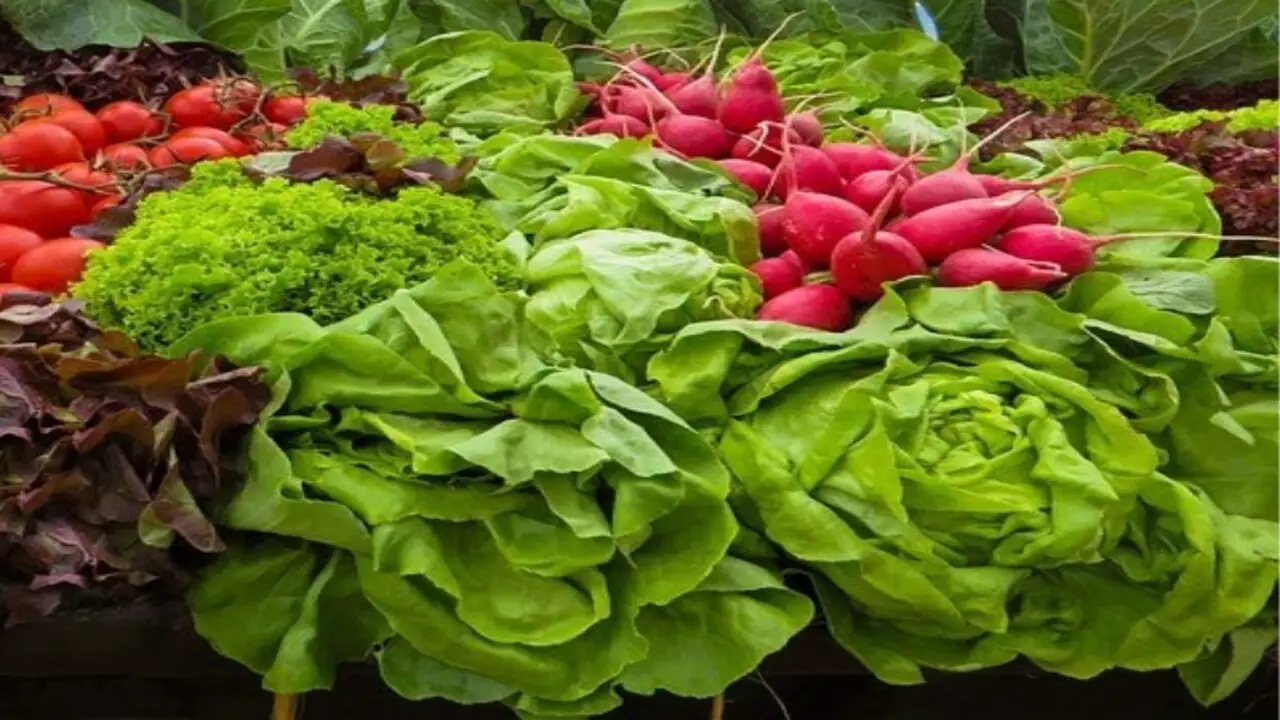
Regarding to leafy greens, a wide variety of fast-growing options can add flavor and nutrition to your meals. Spinach, kale, Swiss chard, and arugula are all great choices for home gardeners. Lettuce varieties like romaine and bibb offer a range of textures and flavors.
We pack microgreens harvested early, with concentrated nutrients. With these fast-growing leafy green vegetables, you can enjoy a continuous supply of fresh harvest from your own garden. Incorporating these greens into your diet is a great way to boost your health and add a burst of freshness to your meals. Here are 10 Fast-Growing Freshly Harvested Greens and Leafy Vegetables.
1. Spinach
Spinach, a versatile leafy green, provides a wealth of health benefits. Loaded with vitamins A, C, and K, this nutrient-dense vegetable is easily cultivable in both garden beds and containers. Incorporate spinach into your meals to add a boost of nutrition without adding excessive calories.
Enjoy it raw in salads, sauté it for stir-fries, or incorporate it into your favorite soups and smoothies. Its mild, slightly bitter taste complements a variety of ingredients, allowing for endless culinary possibilities. From promoting weight management to supporting digestive health, spinach is a must-have leafy green in your diet.
2. Fenugreek
Fenugreek, known as its botanical name Trigonella foenum-graecum, is a fast-growing leafy green vegetable widely used in various cuisines. With its distinctive flavor reminiscent of maple syrup or celery, fenugreek adds a unique twist to salads, stir-fries, and soups.
These fresh leafy greens are a delicious addition to your diet and offer a range of health benefits. Rich in vitamins A, C, and K and minerals like iron and calcium, fenugreek contributes to overall well-being. Incorporating fenugreek into your meals can improve digestion, reduce inflammation, and support a healthy lifestyle.
3. Mustard Greens
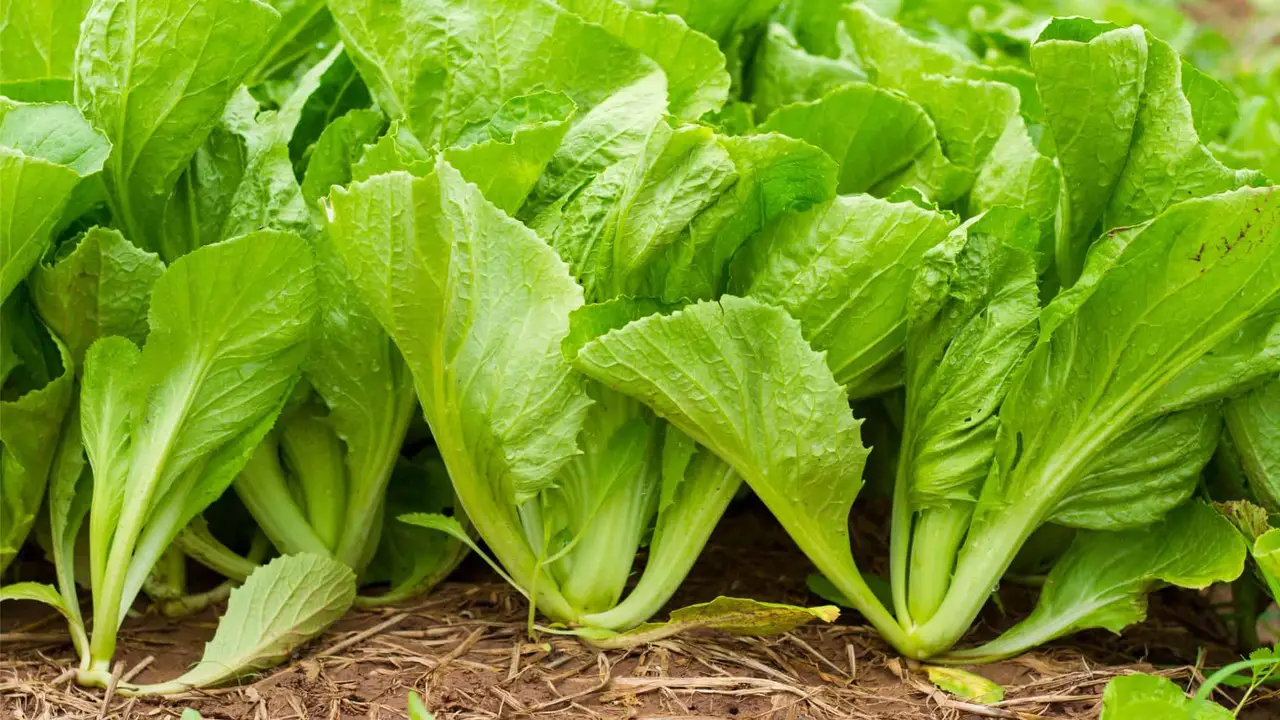
Mustard greens, a leafy green vegetable with a slightly spicy and bitter taste, make a flavorful addition to various dishes like salads, stir-fries, and soups. Rich in vitamins A, C, and K, as well as calcium and iron, mustard greens offer a nutritious boost to any meal.
Home gardeners can easily grow mustard greens in garden beds or containers for a fresh harvest. Harvest the mustard greens when they are young and tender to enhance the taste and texture. Incorporating these fast-growing leafy greens into your diet can contribute to a healthy lifestyle.
4. Radish Greens
Radish greens, also known as fast-growing leafy vegetables, are a nutritious and delicious addition to any meal. These greens, with their slightly peppery taste reminiscent of arugula or mustard greens, are packed with vitamins A, C, and K. Adding them to your salads, stir-fries, or as a garnish for other dishes ensures a fresh and healthy harvest.
Growing radish greens is a simple process that can be done in small spaces like containers or raised beds. Enjoy the benefits of these vibrant green leaves in your own home garden, providing you with a sustainable source of fresh leafy greens year-round.
5. Waterleaf
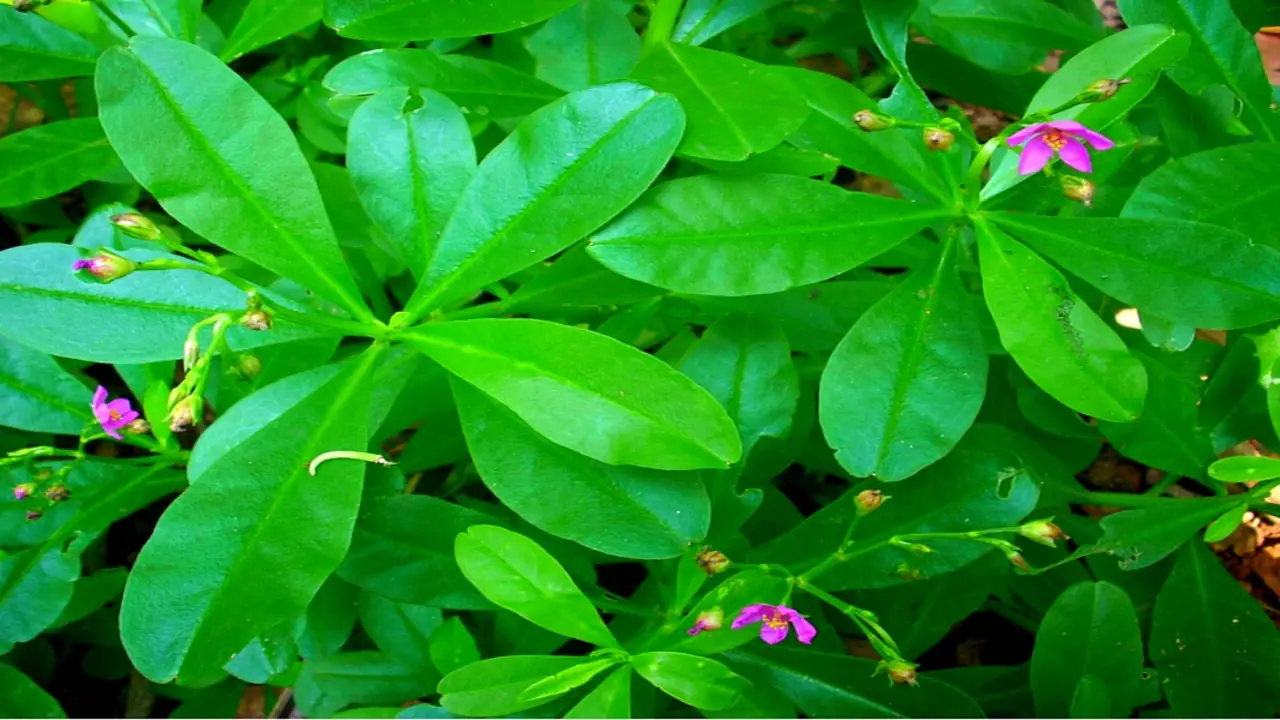
Waterleaf, a fast-growing leafy vegetable, packs vitamins and minerals, making it a valuable addition to your diet. Its mild, tangy flavor lends itself well to salads, stir-fries, and garnishes. Growing waterleaf in well-drained soil with regular watering promotes healthy growth.
Harvesting this leafy green within 4-6 weeks of planting ensures the best taste and texture. Incorporating waterleaf into your meals can enhance digestion and strengthen your immune system. Don’t miss out on the benefits of this nutritious green – whether you grow it in your garden or find it at the grocery store.
6. Arugula
Arugula, a fast-growing leafy green vegetable, boasts a distinctive peppery flavor that tastes delightful to salads, sandwiches, pasta dishes, and more. This versatile leafy green can be easily cultivated in containers or traditional garden beds, making it an excellent choice for home gardeners.
With its ability to flourish in cooler temperatures, arugula can typically be harvested within 35-40 days of planting. Regularly picking the outer leaves ensures continuous growth and a supply of fresh leafy greens throughout the growing season. Embrace the freshness and nutrition of arugula by growing it in your garden.
7. Green Onions
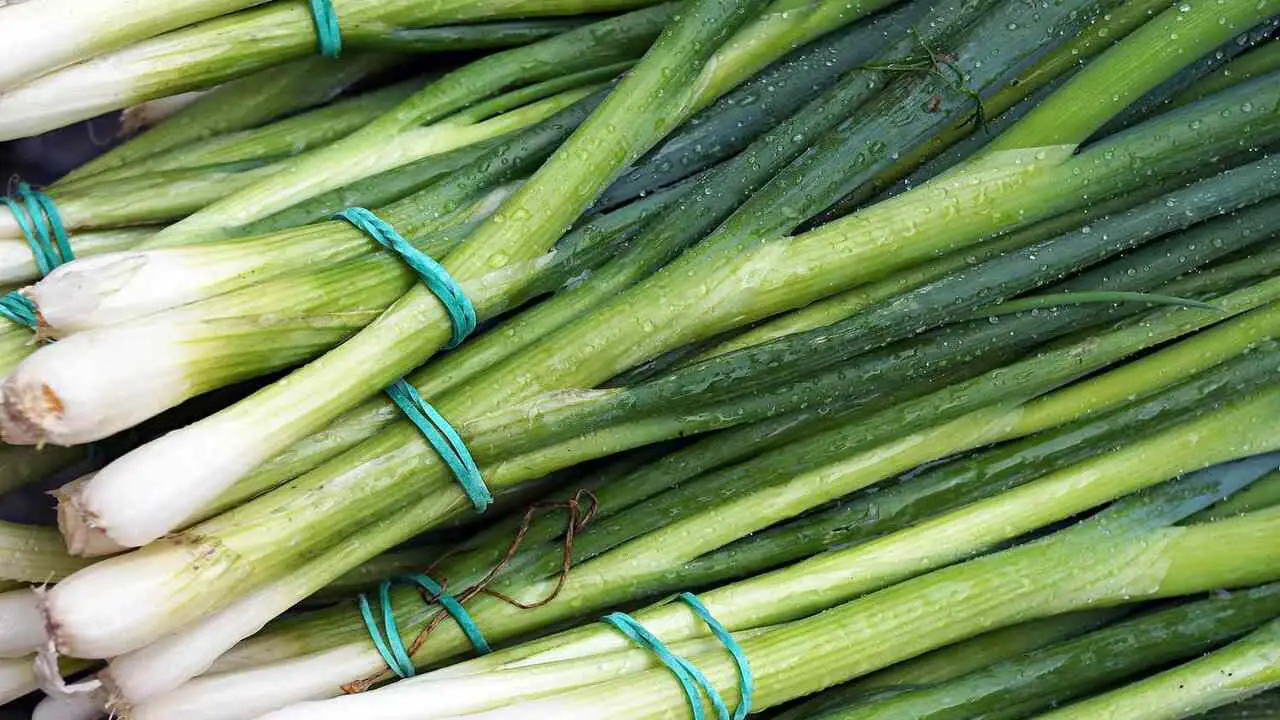
Green Onions, also known as scallions or spring onions, grow fast and you can harvest them in as little as 30 days. With their mild onion flavor, they add a burst of freshness and crunch to a variety of dishes, including salads, soups, and stir-fries. Green onions are not only delicious but also packed with essential nutrients.
They are a rich source of vitamins A, C, and K, as well as folate and fiber, making them a healthy addition to any diet. You can easily grow green onions in your own garden by either planting seeds or regrowing the root ends of store-bought green onions.
They thrive in well-drained soil and require regular watering to keep the soil moist. Whether you have limited space or a large garden, green onions can be grown in containers or directly in the ground, making them a versatile option for home gardeners. Enjoy the satisfaction of harvesting your own fresh green onions and elevate your dishes with their vibrant flavor.
8. Microgreens
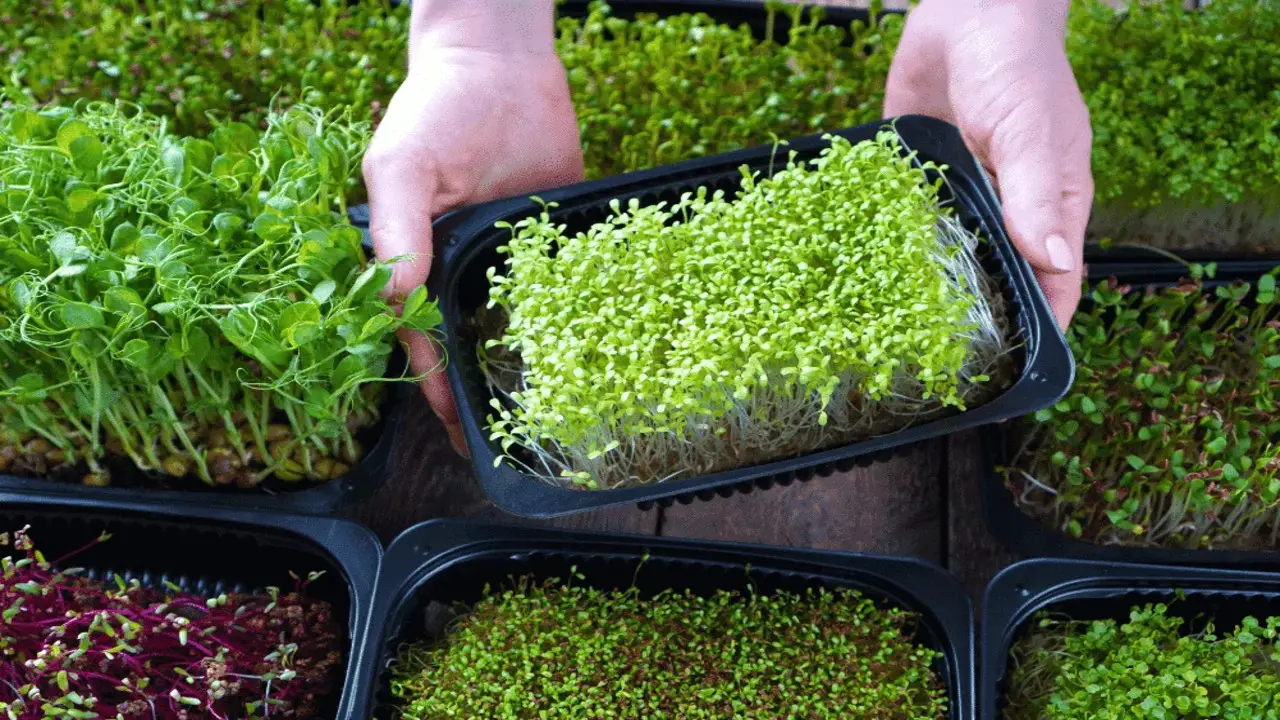
Experience the goodness of freshly harvested leafy green vegetables with microgreens. These young vegetable greens, like kale, spinach, arugula, and radish, are bursting with nutrients, including vitamins, minerals, and antioxidants.
Incorporate microgreens into your favorite dishes such as salads, sandwiches, and smoothies for a delicious and nutritious boost. Whether you grow them indoors or outdoors, microgreens are easy to cultivate and require minimal space. Enhance your meals with the fresh and vibrant flavors of microgreens while enjoying their health benefits.
9. Pea Shoots
Pea shoots, also known as tender shoots of the pea plant, offer a mild and sweet flavor. You can enjoy these nutritious greens raw or cooked as they are versatile. Rich in vitamins A, C, and K, as well as folate and fiber, pea shoots provide a range of health benefits.
Plus, they are easy to grow, with a short harvest time of just 2-3 weeks. Incorporate pea shoots into your salads, sandwiches, stir-fries, or use them as a vibrant garnish for a fresh and flavorful touch.
10. Garden Cress
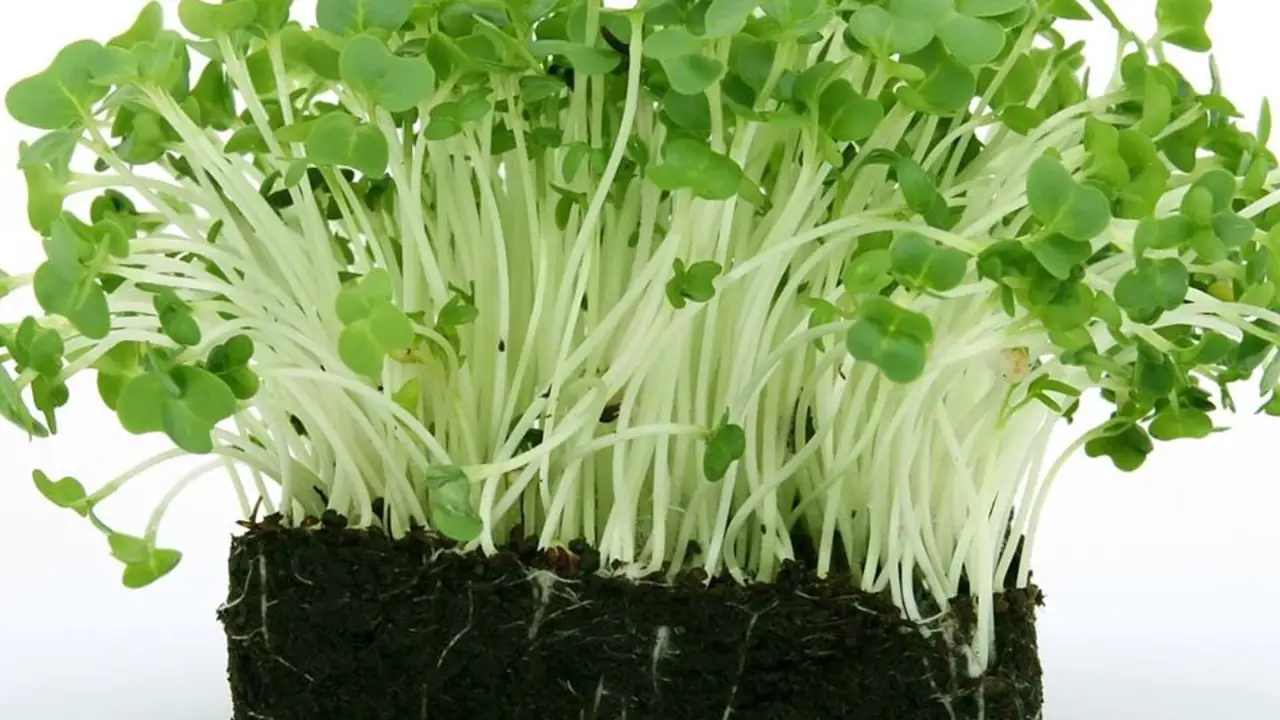
Garden cress, a fast-growing leafy vegetable, can be harvested within 15-20 days. It is packed with nutrients like vitamins A, C, and K and minerals like calcium and iron. With its peppery flavor, garden cress adds a unique taste to salads, sandwiches, and soups.
Growing garden cress in containers or garden beds is convenient for home gardeners. By regularly harvesting the leaves, you can enjoy a continuous supply of garden-fresh greens. Try incorporating garden cress into your meals for a nutritious and flavorful twist.
Benefits Of Eating Leafy Greens
Leafy greens, such as spinach, lettuce, kale, and cabbage, are delicious and incredibly beneficial for your health. Packed with nutrients like vitamins A, C, and K and minerals like calcium and iron, these harvested greens and leafy vegetables offer a wide range of advantages.
Adding beet greens, swiss chard, and mustard greens to your diet can help you stay healthy and energized. Whether you grow your food or buy from the grocery store, store fresh leafy greens in a plastic bag with a paper towel to maintain their freshness.
Tips For Storing And Preserving Leafy Greens
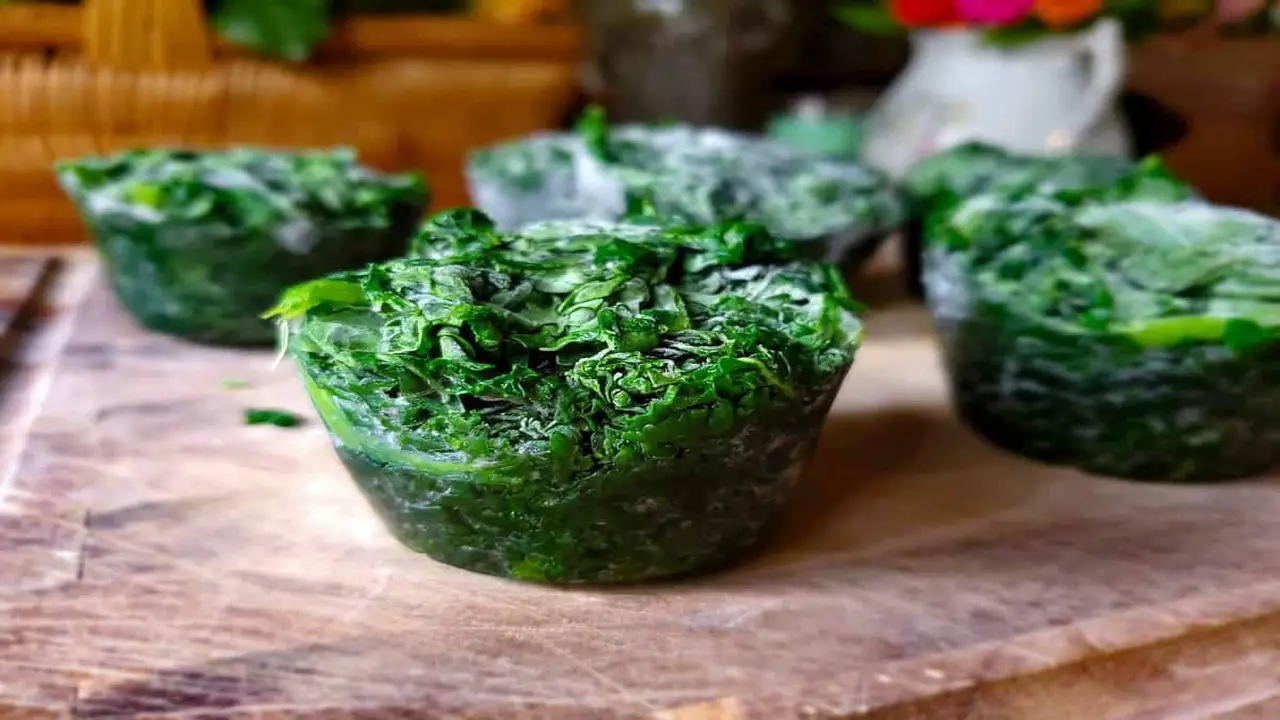
To ensure your harvested greens and leafy vegetables remain fresh and delicious for longer, we have some expert tips for storing and preserving them. Begin by thoroughly washing and drying your leafy greens to remove any dirt or debris.
Then, wrap them in a damp paper towel or store them in a breathable bag to maintain the right level of moisture without making them too soggy.
When it comes to storing, make sure to place your leafy greens in the crisper drawer of your refrigerator. This will help keep them cool and prevent wilting. However, be mindful of not storing them near fruits that release ethylene gas, like apples or bananas, as this can accelerate the wilting process.
To enjoy your leafy greens at their freshest and most nutritious, try to use them within a few days of purchasing. This way, you can enjoy all the health benefits they offer. If you find yourself with an excess of leafy greens, consider freezing them for future use in smoothies or cooked dishes.
Remember, proper storage and preservation techniques are essential for maximizing the shelf life of your harvested greens and leafy vegetables. By following these tips, you can ensure that your greens stay fresh and taste great in all your favorite dishes.
Conclusion
Freshly harvested greens and leafy vegetables are a fantastic addition to any healthy diet. Packed with vitamins, minerals, and antioxidants, these vibrant vegetables offer many health benefits. Incorporating harvested greens and leafy vegetables into your diet is a key step towards maintaining a healthy lifestyle.
These nutrient-rich foods provide numerous health benefits, including boosting immunity, promoting digestion, and supporting overall well-being. Add some of the fast-growing greens and leafy vegetables mentioned here to your meals to start your journey towards a healthier you.
Also, properly store and preserve these greens to ensure maximum freshness and taste. By making these small changes, you can take a big leap towards achieving optimal health.
Frequently Asked Questions
1.How Are Leafy Greens Harvested?
Ans: Leafy greens are harvested by hand to protect their delicate leaves. Skilled workers carefully cut the outer leaves, allowing the inner leaves to keep growing. After harvest, the greens are promptly washed and packaged to preserve their freshness.
2.What Is Considered Fresh Greens?
Ans: Fresh greens are leafy vegetables that have been recently harvested. Look for vibrant colors and crisp texture, with no wilting or discoloration. Opting for locally grown greens can ensure the freshest options.
3.What Vegetables Keep Producing After Harvest?
Ans: Certain vegetables, such as kale, collard greens, Swiss chard, and cut-and-come-again lettuce varieties, can keep producing leaves even after the initial harvest. Herbs like basil and cilantro can also regrow new leaves.
4.What Is One Vegetable That Is Green And Leafy?
Ans: Spinach, kale, Swiss chard, and collard greens are all green and leafy vegetables. They are nutrient-dense and offer various vitamins and minerals. These versatile veggies can be handy in various dishes and are popular for their health benefits.
5.Are Leafy Greens Safe To Eat?
Ans: Leafy greens are generally safe to eat, but it’s crucial to wash them thoroughly and avoid consuming wilted or decaying leaves. Proper storage and handling practices can help ensure their freshness and safety.

I’m a writer and blogger who loves to talk about entertainment, culture, and relationships. I love to share my thoughts and insights on these topics, and I’m always looking for new ways to engage with my readers. I’m also a big fan of learning new things, so I’m always exploring new areas of interest.
